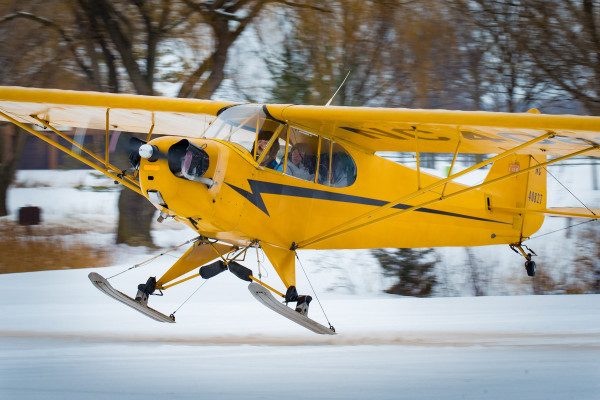
When the noise of the airshow is over but the creative bug is still nudging you to express yourself, there isn’t a better subject than heading to a small grass strip and focusing in on a legend. I’m speaking of the legendary Piper Cub. It’s small, old, and the dream airplane of most pilots. It’s called a tail dragger because it has a small wheel at the tail instead of a larger wheel in the front. It’s about as basic as an airplane can be. And that is what gives it the mystique it has had for over 75 years.
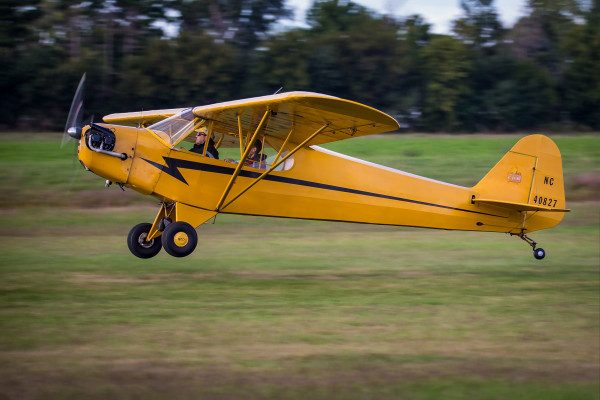
It’s a fun aircraft to photograph because it flies slow and is easily panned. It’s also painted in bright yellow so it contrasts nicely with the sky. It’s also a great subject for putting a variety of your Sigma lenses to work.
It also doesn’t mean you need to leave your Sigma 150-600mm F5-6.3 DG OS HSM Sports lens at home. It’s a great lens for capturing a different perspective on airplanes and people on the ground. The narrow field of view and compression become artistic tools for your imagination. And don’t forget your Sigma18-300mm lens as a creative partner to your 150-600mm lens.
A recent trip to CubAir Flight School in Hartford, Wisconsin, gave me the chance to play with the Sigma 150-600 Sport, as well as the 18-300mm and the 24-35mm Art lenses.
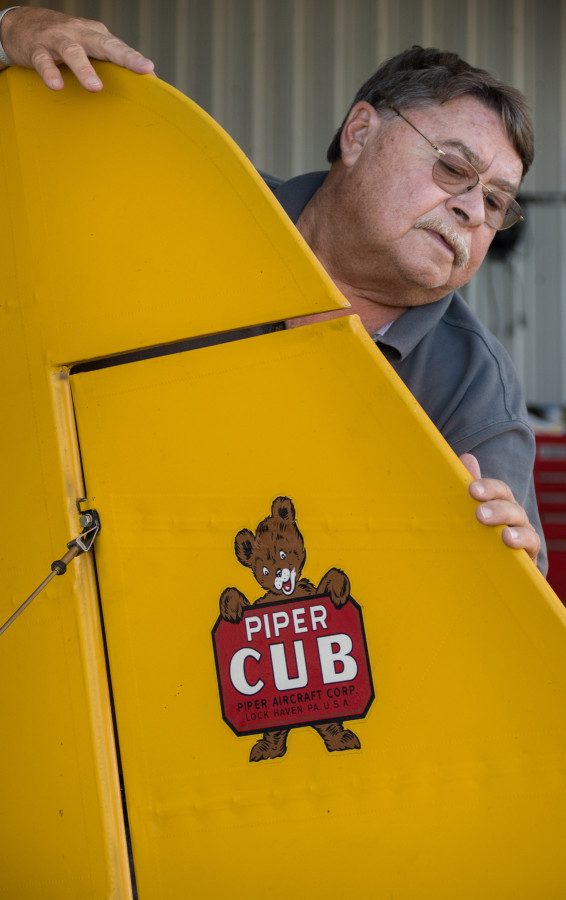
Unlike an air show, where there is something going on every moment, the pace is slower when you’re just hanging out at a small airport. It gave me a chance to look at the airplanes up close. And the details. I zoomed my 18-300mm lens in on the Cub name on the wheel and was amazed at all the detail the lens picked up. The texture of the paint and lettering on the tire were amazing.
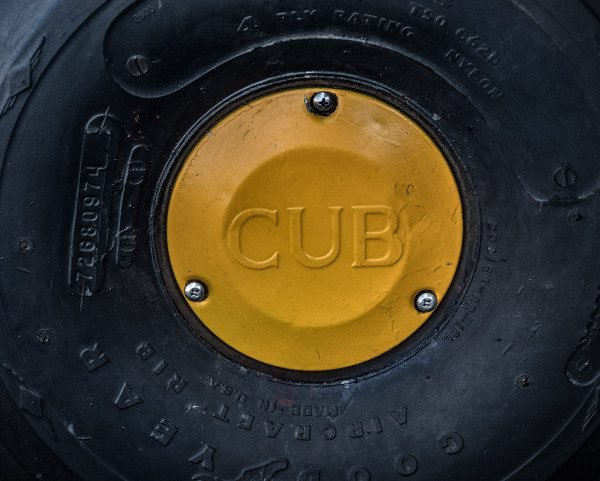
Switching to the 24-35mm Art lens, I had the chance to use selective focus on the instrument panel of one of the Cubs. A Piper Cub doesn’t have the most sophisticated set of instruments. And in this particular Cub, several of them were the lighter-faced ones with the Piper Cub logo. This is also a Cub that is used for flight training day in and day out, so the panel had it’s share of scratches. Perfect, I thought, for selective focus. If I were photographing an instrument panel for a magazine, I’d use the Sigma 24-35mm straight on to the panel. I’d also use an f-stop around 5.6-8 to give me a bit more depth of field. But for selective focus, I picked a lower f-stop to give me shallower depth of field, and picked an angle that would just keep one instrument in focus and allow the rest of the panel to drop out of focus with a slightly dreamy look.
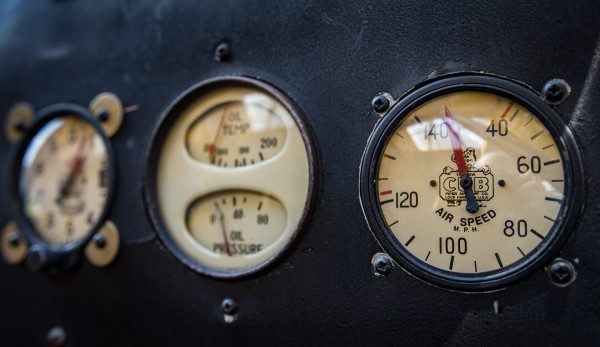
My friend Jamie, a student pilot, was trying out her headset in a Piper Cub inside the hangar. I’ve always liked photographing in a hangar because of the soft, shaded light that fills the area. I grabbed my Nikon D5 with the Sigma 18-300mm (yes, a cropped sensor Sigma lens will fit on a full frame Nikon body) to illustrate how many people might photograph this scene- wide angle lens to show the entire airplane. And it’s a nice photograph of the Piper Cub and Jamie. But in my mind, I was thinking how much nicer the narrow field of view and compression might look from the front of the airplane.

In my second shot, I zoomed out to almost 300mm, focused on Jamie, and fired away. I personally love the tighter composition and being able to see Jamie’s smiling face as centerpiece to the image. And the soft light in the hangar was much nicer highlighting Jamie’s face than harsh sunlight and shadow outside the hangar.

To further illustrate the perspective change and different ways you can look at a photo opportunity, I stood inside the hangar and shot two Piper Cubs sitting outside the hangar. I liked the photo because it is framed by the dark border of the hangar. In my mind, however, was the idea of showing the two airplanes from the front, compressing them with the 150-600.

The narrower field of view of the 150-600, as well as the compression, gave me a much more dynamic image.
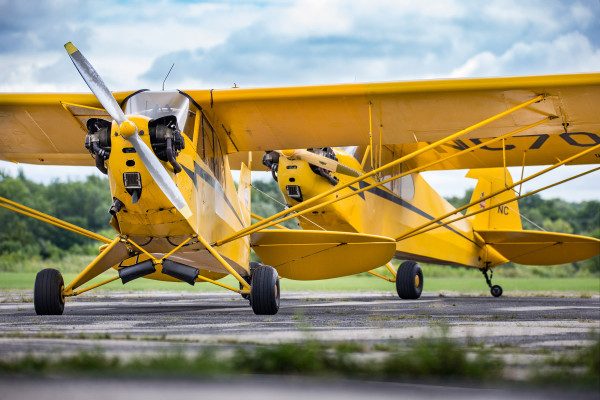
There is one more obvious advantage of the Sigma 150-600 when you’re hanging around the airport…the fantastic reach it has! I put this to the test with my friend Luke at nearby Dodge County airport in Juneau, Wisconsin. Luke and his friend Emily were taxiing their Piper Cub to the hangar after a flight. Since people are not allowed on the taxiway, I couldn’t get too close to them, but it was an easy shot with a Canon 1DX and Sigma 150-600mm zoomed out.
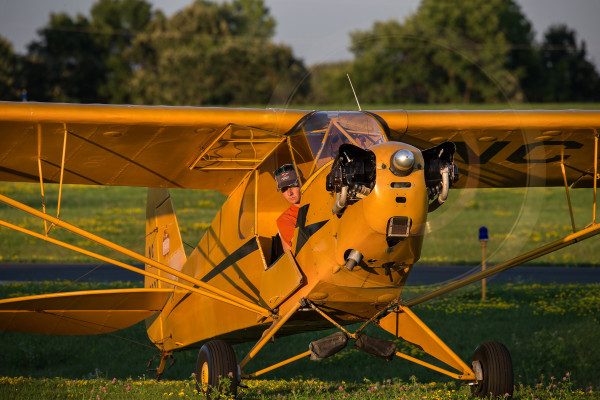
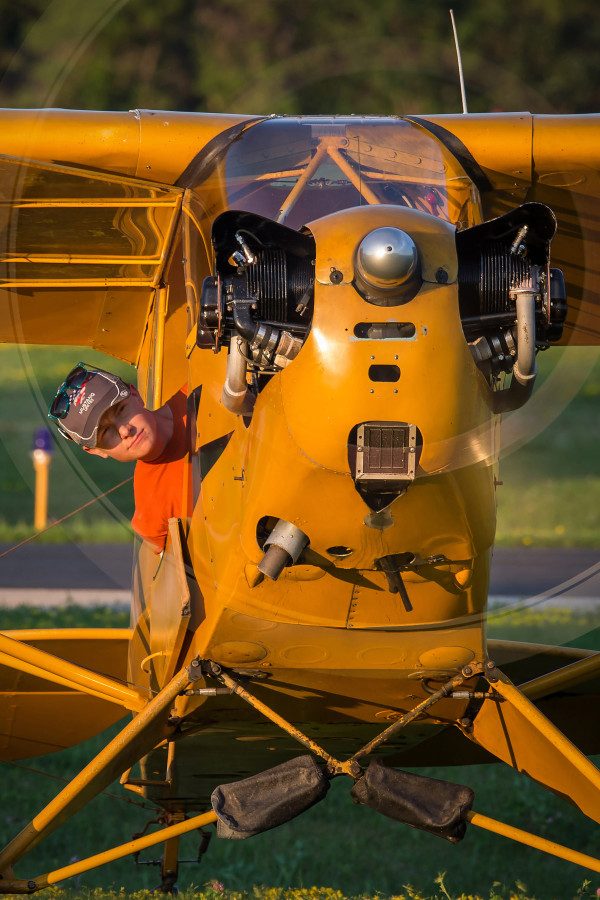
The creative possibilities using the Sigma 150-600 got me brainstorming with Luke to take a photograph that has been in my mind for the last 5 years. I had driven by the Dodge County airport at sunset and and saw this beautiful silhouette of an airplane and the setting sun. But at that time I didn’t have access to the airport and there was a large fence in the way. Every time I drove past that airport my mind went to that image I had wanted to photograph. But five years later, and with a versatile zoom like the Sigma 150-600, I had an idea i might be able to pull the off the shot. I had Luke and Emily taxi the airplane to an open area where my original idea was born. Parked along side of the road, I found an area where the top of the security fence was a few feet shorter than the rest of the fence, and I could just clear it if I stood on a small ladder. With a little direction to Luke via cell phone, I waited for the sunset. And for a large bank of clouds to dissipate. As luck would have it, the clouds stayed, although they did result in some beautiful colors.
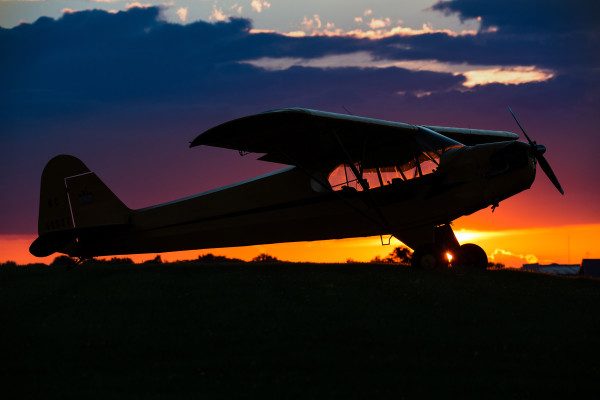
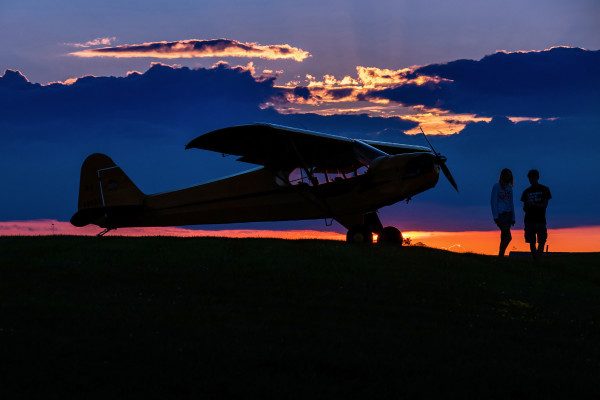
I did get a shot of the sun and silhouetted airplane the next evening. Luke was flying around the pattern just before sunset and it looked like the plane just might line up with the setting sun. I did a few test exposures of the sun in manual mode to make sure I was getting a rich sky. As Luke brought the plane past me, I fired away. I got what I was looking for on the second pass.

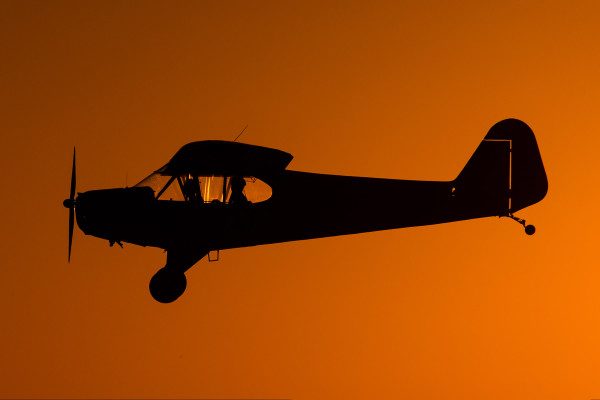
There is still this little nagging voice in the back of my head telling me the elusive image I saw 5 years ago is still waiting to be shot some evening. And I have confidence I will photograph it because now I always carry my Sigma 150-600mm with me…just in case.
